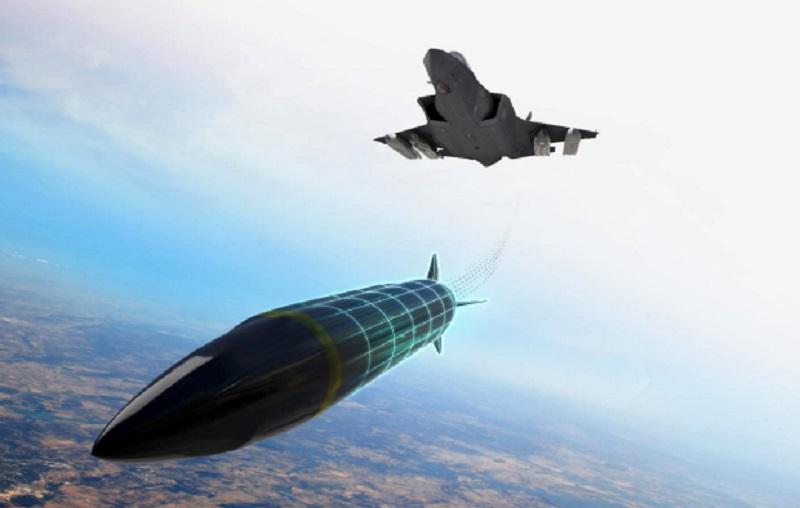The U.S. Air Force is awarding about $45 million to Lockheed Martin, Northrop Grumman and L3Harris Technologies for the next step in the service’s Stand-in Attack Weapon (SiAW) program. Lockheed Martin and Northrop Grumman each received $15 million firm-fixed-price, research and development contracts for Stand-in Attack Weapon Phase 1.2. This contract provides for all activities associated with the statement of objectives as well as the contractor’s proposal for Phase 1.2. Work will be performed in Orlando, Florida, and is expected to be complete by Feb. 25, 2023. U.S. Air Force Life Cycle Management Center, Eglin Air Force Base, Florida, is the contracting activity. While L3Harris Mustang Technology Group LP, Plano, Texas, has been awarded a $14,579,829 firm-fixed-price contract for Stand-in Attack Weapon Phase 1.2.
The SiAW is, broadly, a successor to Northrop Grumman’s Advanced Anti-Radiation Guided Missile-Extended Range (AARGM-ER), itself a successor to the AARGM and the High-speed Anti-Radiation Missile (HARM) in service since the 1980s. The target set also includes ballistic missile launchers, cruise missile launchers, GPS jamming platforms, and anti-satellite systems in addition to threat air defense radars and tracking systems. While the HARM was for suppressing enemy air defense radars, the SiAW has a broader target set aimed at other elements of an enemy’s integrated air defense system. The SiAW was initially planned as a follow-on to the AARGM-ER, but the Air Force opened the program to competition a year ago. The U.S. Air Force requested nearly million in procurement for 42 SiAWs in fiscal 2023. Each SiAW, which the Lockheed Martin F-35A is to carry, would cost more than $1.5 million
SiAW is to operate in anti-access/area denial environments to strike mobile targets, including enemy missile launchers, GPS jammers, anti-satellite systems, and integrated air defense systems. SiAW will allow F-35 pilots to engage targets on the ground such as air defense system with a fast-moving missile before the target can get a missile off or relocate elsewhere. In its cross-hairs will be ballistic missile launchers, air defense systems such as the Russian S-400 or Chinese HQ-9. The small form factor of the SiAW combined with a speed of around Mach 4 will enable it get past enemy radars. Loaded into the internal weapons bay of the stealthy F-35, it can be launched after penetrating the enemy’s air defense zone. The Air Force requested nearly $78 million in procurement for 42 SiAWs in fiscal 2023. Each SiAW, which the Lockheed Martin F-35A is to carry, would cost more than $1.5 million.












